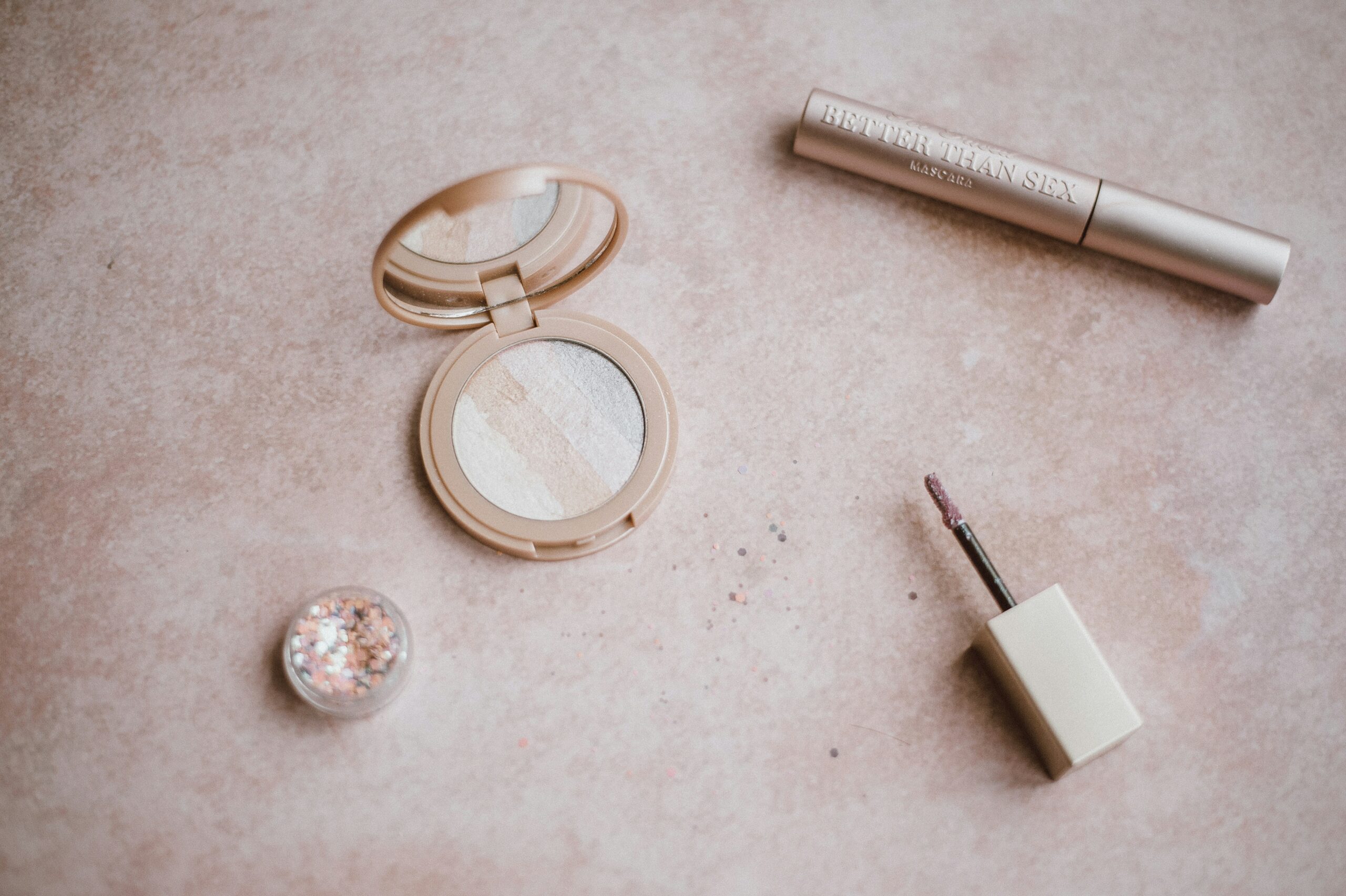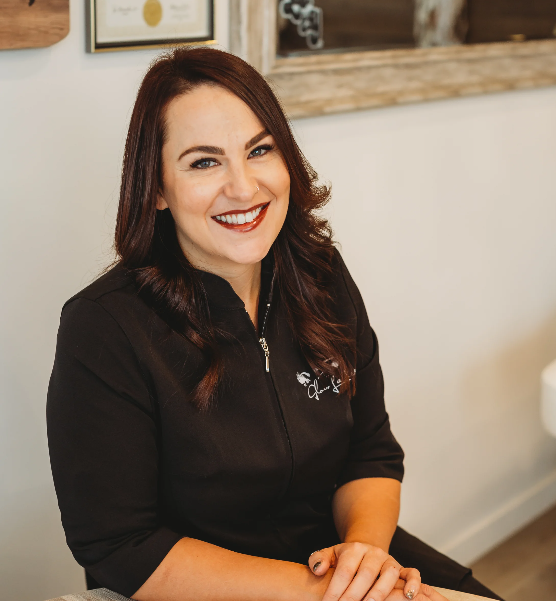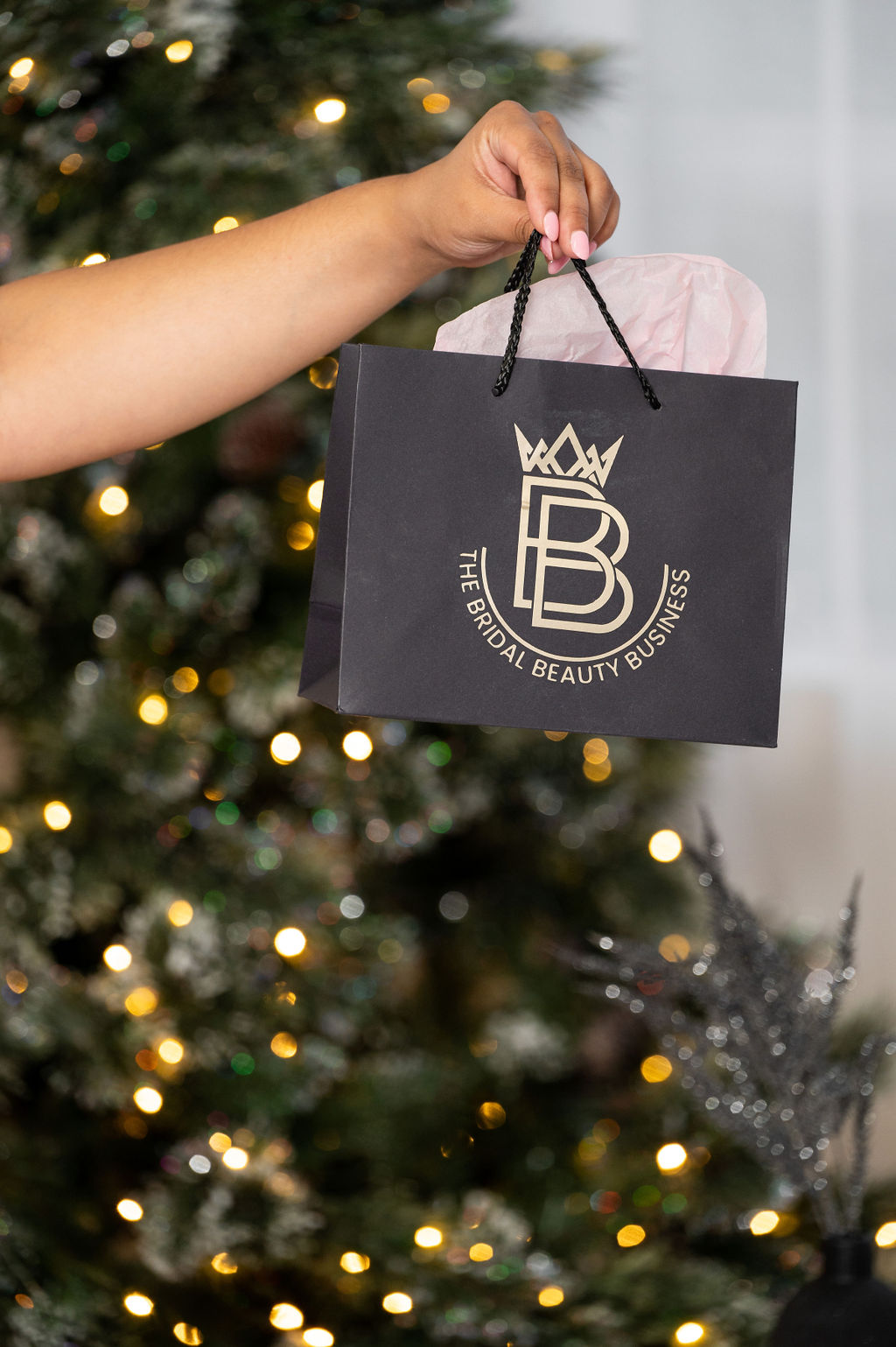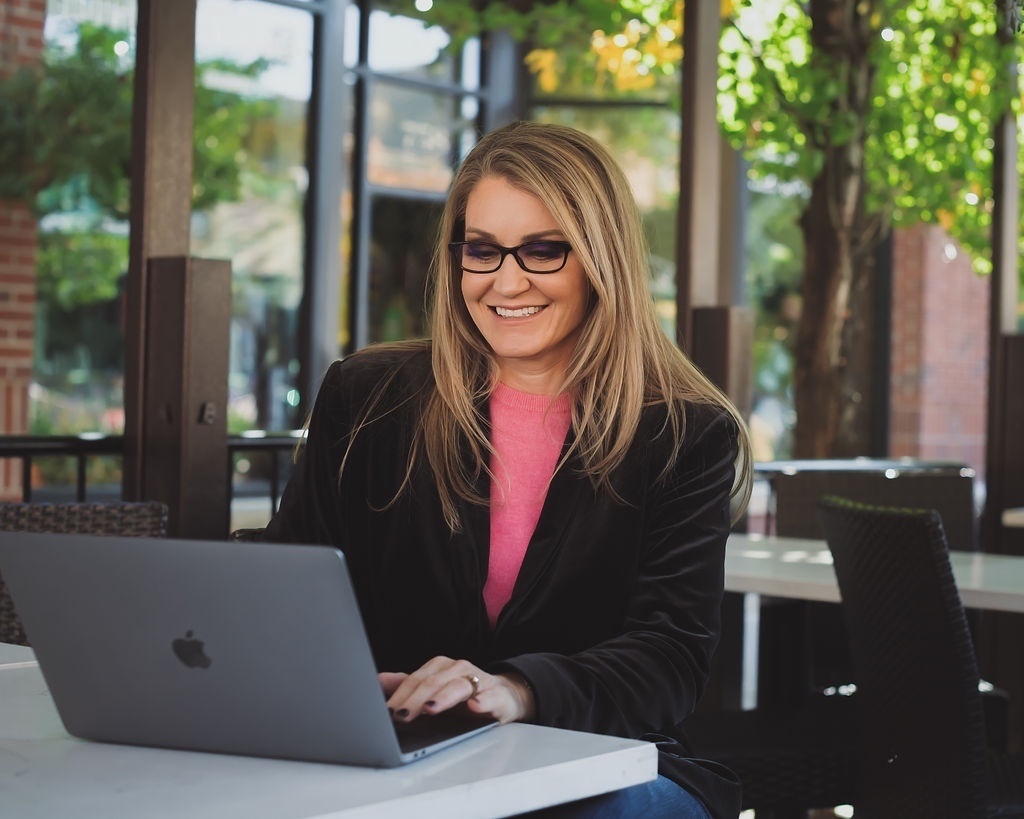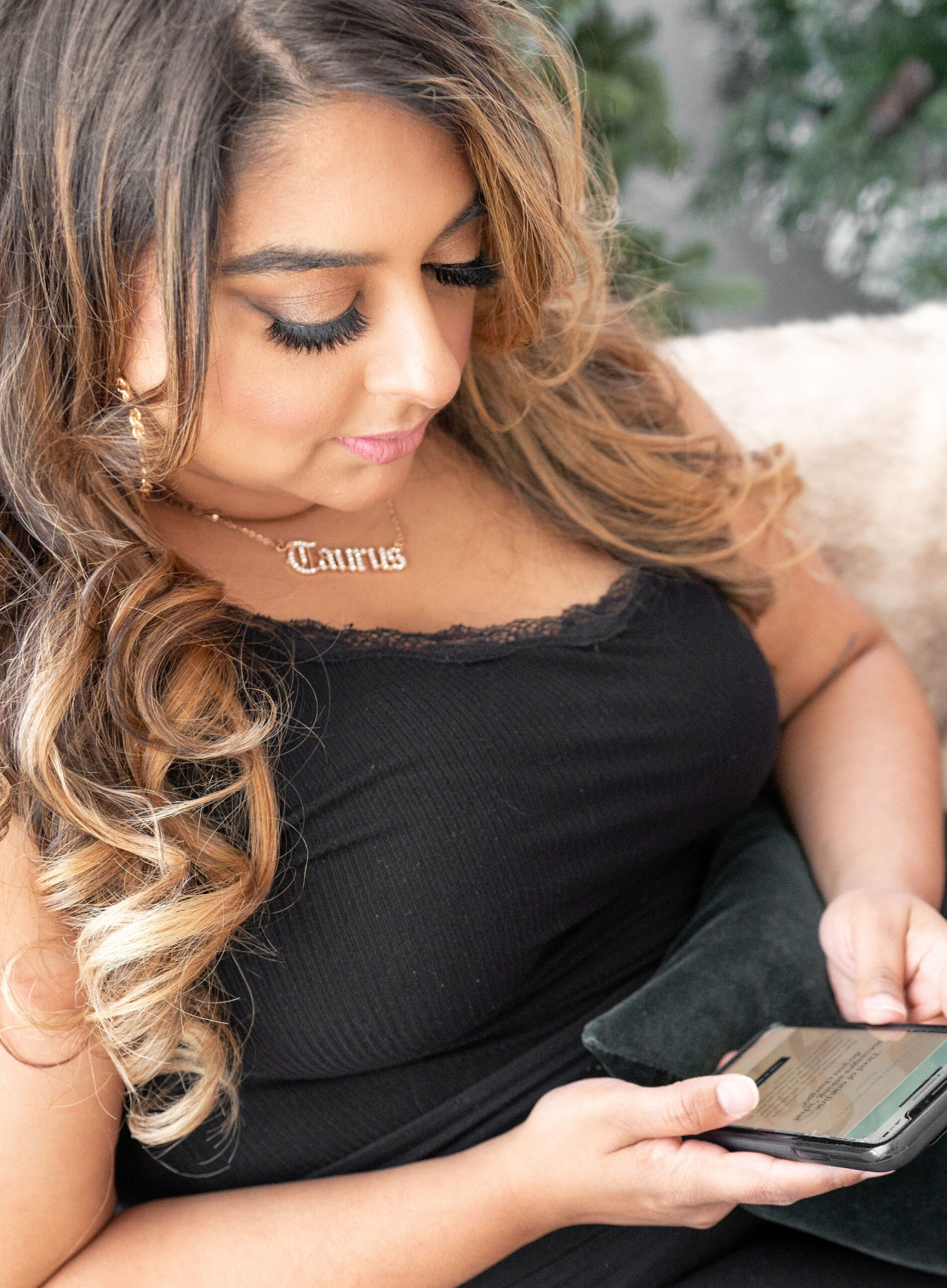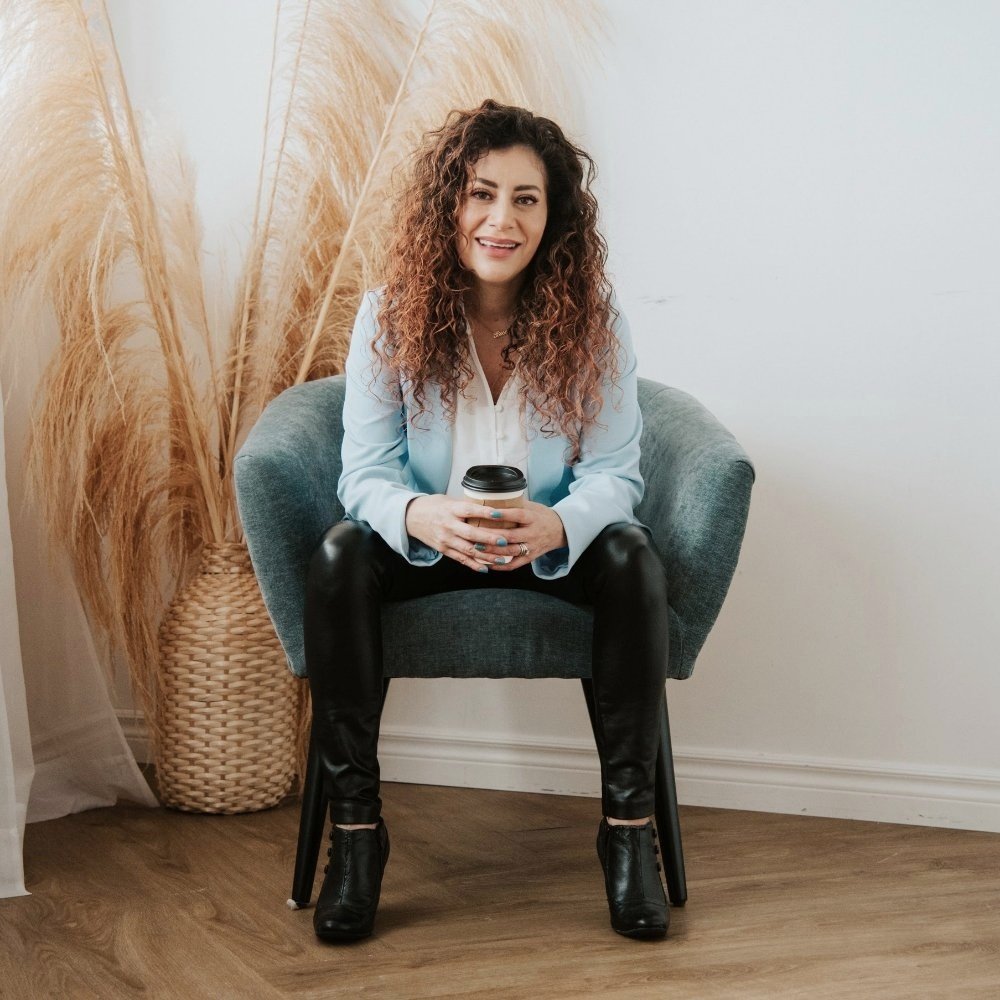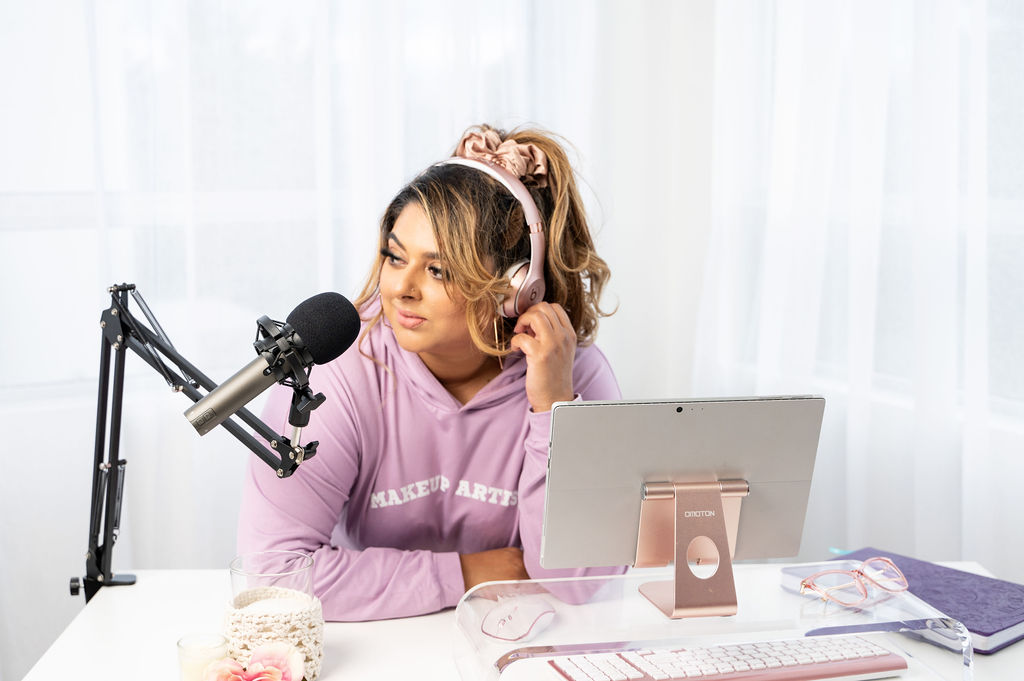Let’s talk about something super important—sanitation. Whether you learned your makeup skills in beauty school or through hands-on experience, one thing is clear: keeping your kit sanitized is a must. But are you doing everything you can to protect yourself and your clients?
Today, I’m sitting down with Devawn, the founder of Sanitation Conversation, to bust some beauty sanitation myths and share what you really need to know to take your sanitation practices to the next level. If you’re ready to up your game with health-grade sanitation, keep reading!
LISTEN ON APPLE PODCASTS | LISTEN ON SPOTIFY
The Bridal Beauty Business Podcast is listener-supported. If you click and purchase, I might earn a small commission (yay!), but don’t worry—I only recommend things I truly love!
How to Protect Yourself and Your Makeup Clients with Health-Grade Sanitation
When it comes to makeup artistry, there’s one thing that should always come first—sanitation. Depending on where you learned makeup techniques or attended school, you’ve probably been taught different approaches to sanitation. However, ensuring that your kit and practices meet health-grade sanitation standards is key to protecting yourself and your clients, especially in today’s world where hygiene is more important than ever.
In today’s episode, we sit down with Devawn, the founder of Sanitation Conversation, to debunk some common beauty sanitation myths and talk about what makeup artists really need to be doing to protect their clients. Whether you’re a seasoned pro or just starting, these tips will help you elevate your sanitation game to a professional, health-grade level.
What Is Health-Grade Sanitation for Makeup Artists?
Most makeup artists learn about basic sanitation in beauty school or during state-level training, but health-grade sanitation takes things a step further. It’s not just about keeping things clean—it’s about using the right products and procedures to eliminate harmful bacteria, viruses, and fungi that can put your clients (and yourself) at risk.
Here are some key takeaways from the episode:
- 70% Alcohol isn’t enough: While it works for basic sanitation, it doesn’t kill tougher bacteria like staph or viruses like MRSA. For health-grade sanitation, you’ll need a hospital-grade disinfectant, such as Lucicide.
- Autoclaves: These devices are typically used in medical environments, but they’re becoming more common in makeup kits, especially since smaller, portable versions are now available. Autoclaves are an amazing tool to completely disinfect metal tools.
- Wipe down your station: Before you even set up your makeup kit, wipe down your entire area with a hospital-grade disinfectant, and repeat this between every client. Sanitation starts before you even touch your brushes.
How to Clean, Sanitize, and Disinfect Your Makeup Brushes and Tools
Proper brush and tool hygiene is essential for preventing cross-contamination and protecting clients with compromised immune systems. Here’s the step-by-step process for ensuring your brushes and tools are in top shape:
- CLEAN: Remove any debris and leftover makeup from your brushes first.
- SANITIZE: Use a brush cleaner or 70% alcohol to sanitize.
- DISINFECT: For brushes that come into contact with mucus membranes (eyes, nose, mouth), disinfect with a hospital-grade disinfectant. Depending on the product, this may require soaking brushes for up to 10 minutes.
Tip: Multiples of brushes that come into contact with mucus membranes are a lifesaver! While some brushes soak, you’ll have clean backups ready to go.
Makeup Sponges and Beauty Blenders: Can You Really Sanitize Them?
When it comes to sponges, the rule of thumb is to treat them as disposables. Sponges are difficult to sanitize properly, and while some people microwave or use autoclaves for Beauty Blenders, it’s always safer to replace them regularly. If in doubt, check out the guidelines on Sanitation Conversation for more details.
Pencil Liners: Cleaning, Sanitizing, and Disinfecting
Pencil eyeliners and lip liners are often overlooked when it comes to sanitation. Here’s how to keep them safe:
- Use a metal sharpener that can withstand hospital-grade disinfectant.
- Sharpen your pencil before each use and disinfect your sharpener after every client.
How to Keep Your Makeup Kit Clean and Organized
A clean kit is the foundation of a safe makeup setup. Make it a habit to:
- Wipe down your tools and containers before placing them back in your kit.
- Check expiration dates and store your products in a cool, dry place to avoid bacterial growth.
- Keep separate containers for clean and used brushes to avoid cross-contamination.
Pro tip: If you love working off the back of your hand, use medical tape or IV bandages to create a protective barrier, especially during long sessions. This prevents skin irritation while maintaining a clean working surface.
Important Links
Learn more about health-grade makeup artist sanitation: Sanitation Conversation
Audio Bookmarks:
2:68 – Who and What is Sanitation Conversation?
6:35 – Health-Grade Sanitation vs. Basic Sanitation
9:00 – Cleaning Beauty Tools That Come Into Contact with Mucus Membranes
12:47 – Global Makeup Cleaning Standards
14:30 – The Importance of Autoclaves in Makeup Kits
15:42 – Risks of Poor Sanitation Practices
18:42 – Proper Brush and Tool Hygiene for Makeup Artists
23:18 – How to Safely Clean Eyeliners and Lip Liners
28:00 – Busting Beauty Sanitation Myths: True or False?
31:21 – Buying Discount Makeup from Retailers: Is It Safe?
32:47 – The Verdict on Beauty Blenders
35:54 – Reusing Client-Supplied Lashes: Safe or Not?
37:54 – Working Off the Back of Your Hand: How to Keep It Clean
40:44 – Working with Clients Who Have Active Acne
41:30 – How to Approach Clients If You Suspect They Have a Contagious Condition
43:33 – Keeping Your Kit Clean and Organized
45:12 – How to Stand Out by Prioritizing Client Safety
47:47 – Overwhelmed? Here’s Where to Start
